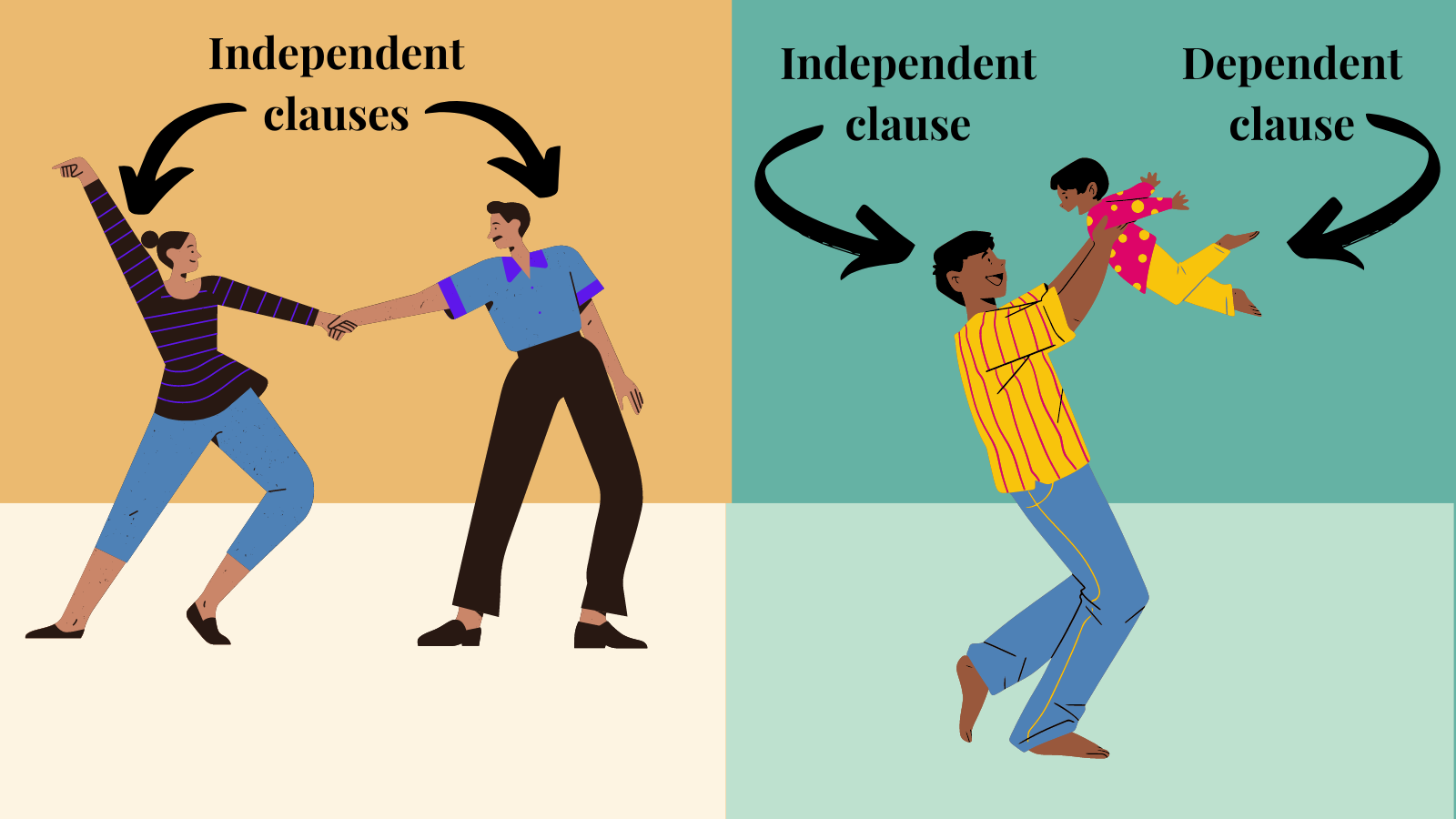Conjunctions are both helpful and necessary. These are the common, mostly short words that connect phrases and clauses within a sentence. Imagine trying to write without using “and”, “but”, “or”, “so”, “because”, or any other conjunctions.
Creative writers sometimes use a lot of conjunctions within the same sentence in order to achieve a certain literary effect. However, in a business or academic context, readers can get lost in the middle of a lengthy sentence with multiple conjunctions that link a number of words or phrases.
Let’s look at two examples:
In our first example sentence, the same conjunction (“or”) is used five times:
We can eat pizza or Chinese food or McDonald’s or Burger King or Taco Bell or KFC.
Our second example sentence includes many different conjunctions:
Today’s meeting will be on Zoom because Kathy and Ahmed tested positive for Covid and Tam is still recovering from knee surgery, but fortunately they are all feeling well enough to work from home, so click the link and join us on Zoom at 3PM.
The first example sounds repetitive while the second one is confusing. Of course, some of these conjunctions are necessary, but most of them should be removed. The second sentence also needs to be broken up into at least three separate sentences.
The first sentence is easy to fix.
The quickest way to fix the first sentence is to take out every “or” except the last one. Instead of “or”, put a comma between each type of restaurant. (Note: If you are using UK English instead of US English, leave out the last comma after “Taco Bell”.)
We can eat pizza, Chinese food, McDonald’s, Burger King, Taco Bell, or KFC.
Our next example is more complicated.
The second example sentence has a lot of independent clauses with the conjunctions linking them together. As we outlined in our last article, an independent clause is one that can form a complete, grammatically correct sentence by itself. A dependent clause, by contrast, is one that cannot form a complete sentence on its own.

Therefore, we need to find all of the independent clauses in our example sentence. Once we have found them all, we will write each one as a separate sentence, taking out the conjunctions that link them together. The “and” between “Kathy and Ahmed” is the only one that absolutely must remain in place. Without it, the reader will think one person named Kathy Ahmed tested positive for Covid, rather than two people.
Here are the independent clauses. Each one is written on a separate line to make it all easier to read. We will put them together in the same paragraph later.
Today’s meeting will be on Zoom.
Kathy and Ahmed tested positive for Covid.
Tam is still recovering from knee surgery.
Fortunately, they are all feeling well enough to work from home.
Click the link.
Join us on Zoom at 3PM.
Now we have a bunch of short, somewhat choppy sentences. We need to put back some of the conjunctions so the text will read more smoothly. There isn’t one “right” way to do it. In general, though, the sentences that share a similar idea should be linked together.
Here is one possible combination:
Today’s meeting will be on Zoom. Kathy and Ahmed tested positive for Covid, and Tam is still recovering from knee surgery. Fortunately, they are all feeling well enough to work from home. Click the link and join us on Zoom at 3PM.
We have gone from one sentence with six conjunctions to four sentences with three conjunctions. The ideas in the text are now clearer and easier to follow.
What about academic writing?
Academic writing is well known for its lengthy, rambling sentences that can include any number of conjunctions, colons, semicolons, parentheses, etc. While some of this is acceptable–and expected–a longer sentence isn’t always a better sentence. The technique we used to fix our second example sentence and will also work for academic papers.
How many conjunctions are too many?
You may have noticed that “and” still appears twice in the sentence about Kathy, Ahmed, and Tam. This is okay. There isn’t any rule against using multiple conjunctions in the same sentence. It all depends on the context and the way the sentence is worded.
Are you unsure about the number of conjunctions in a sentence that you have written? Try writing your sentence a few different ways. Then read each version aloud. Does the sentence sound better with the conjunctions, or without them? If you still aren’t sure, the editors at TextRanch will be glad to help you.











Ask an Editor: A New TextRanch Feature!
Proofreading vs. Editing: What’s the Difference?
Human Editors: Why Do You Need One?
How can I improve my understanding of native-English speakers? Part 1